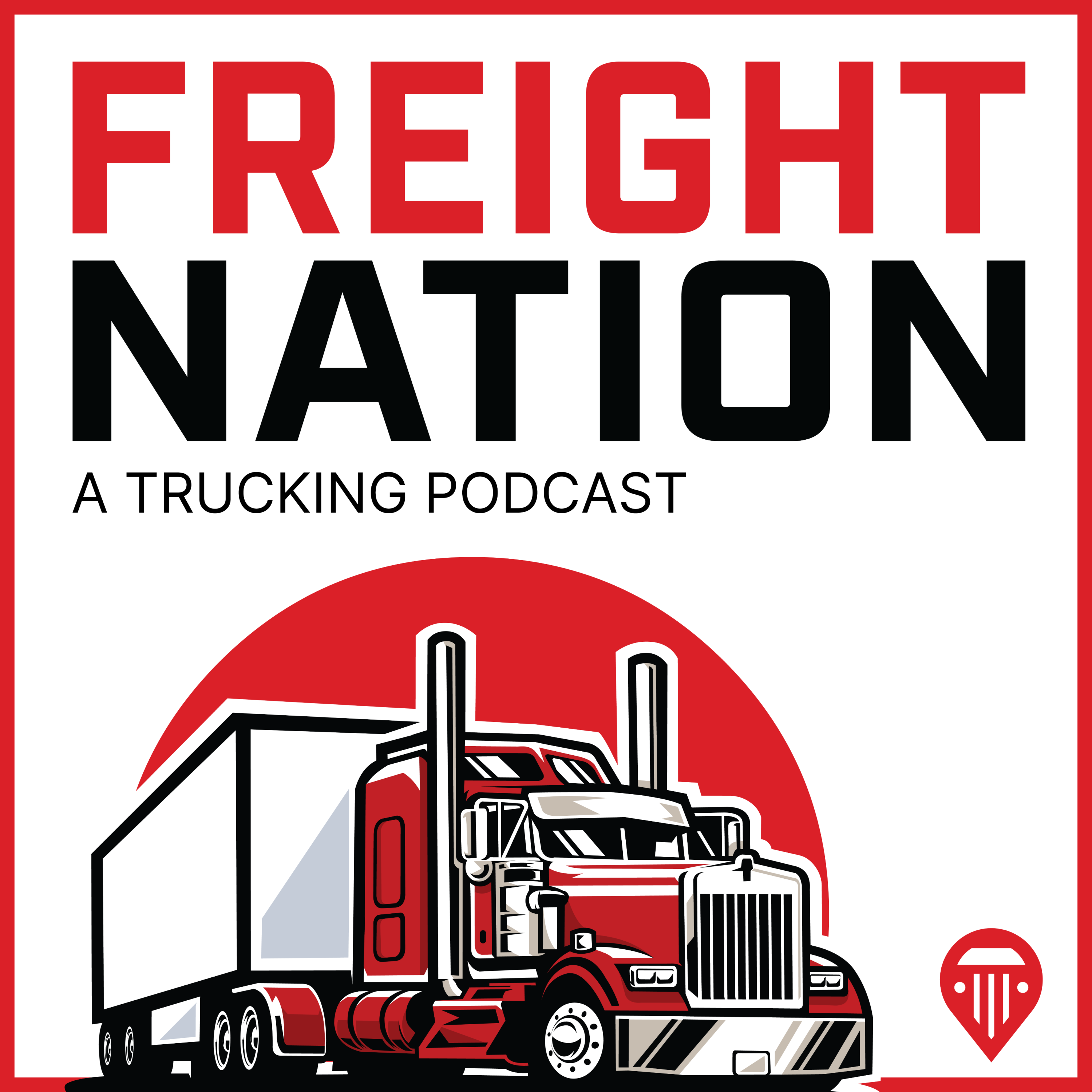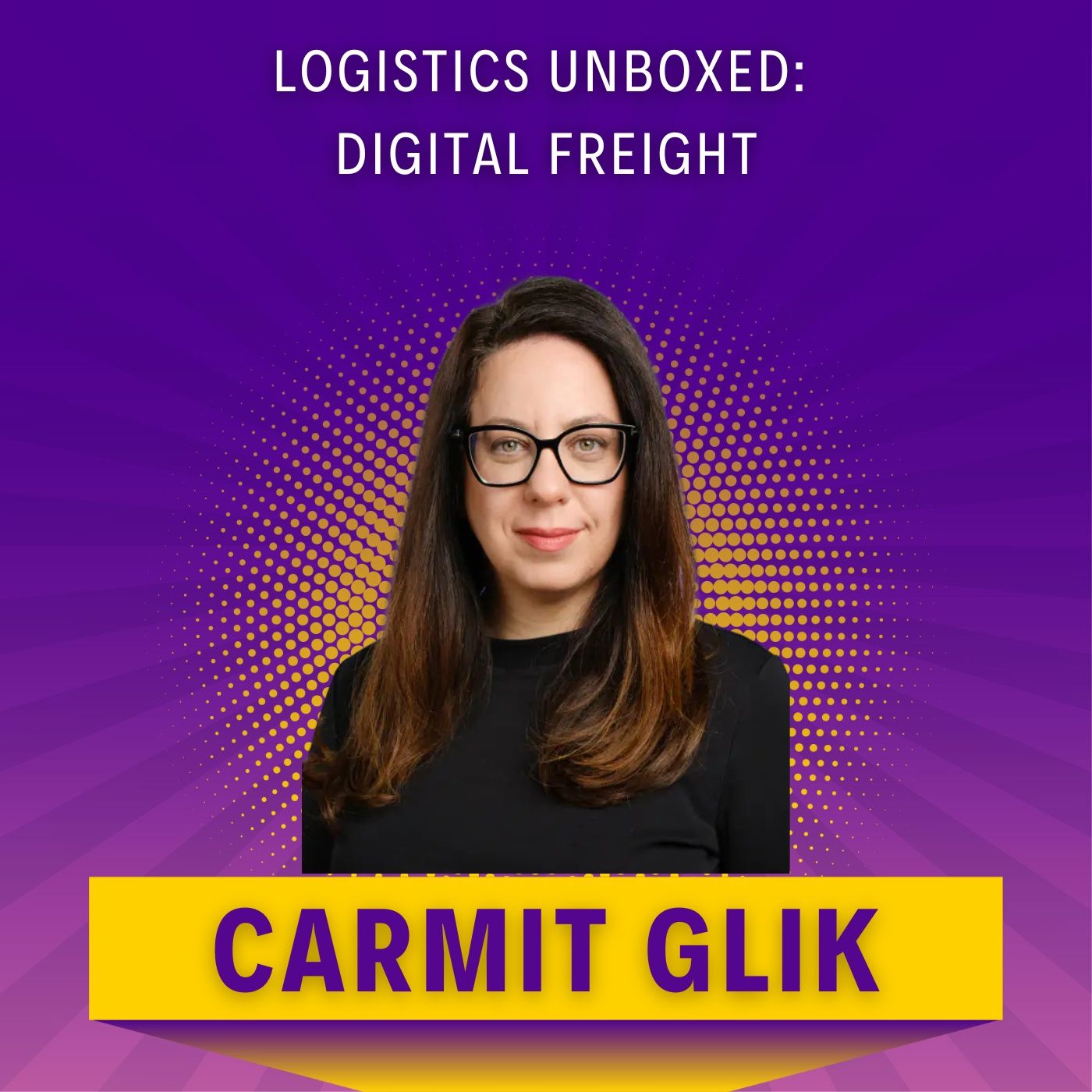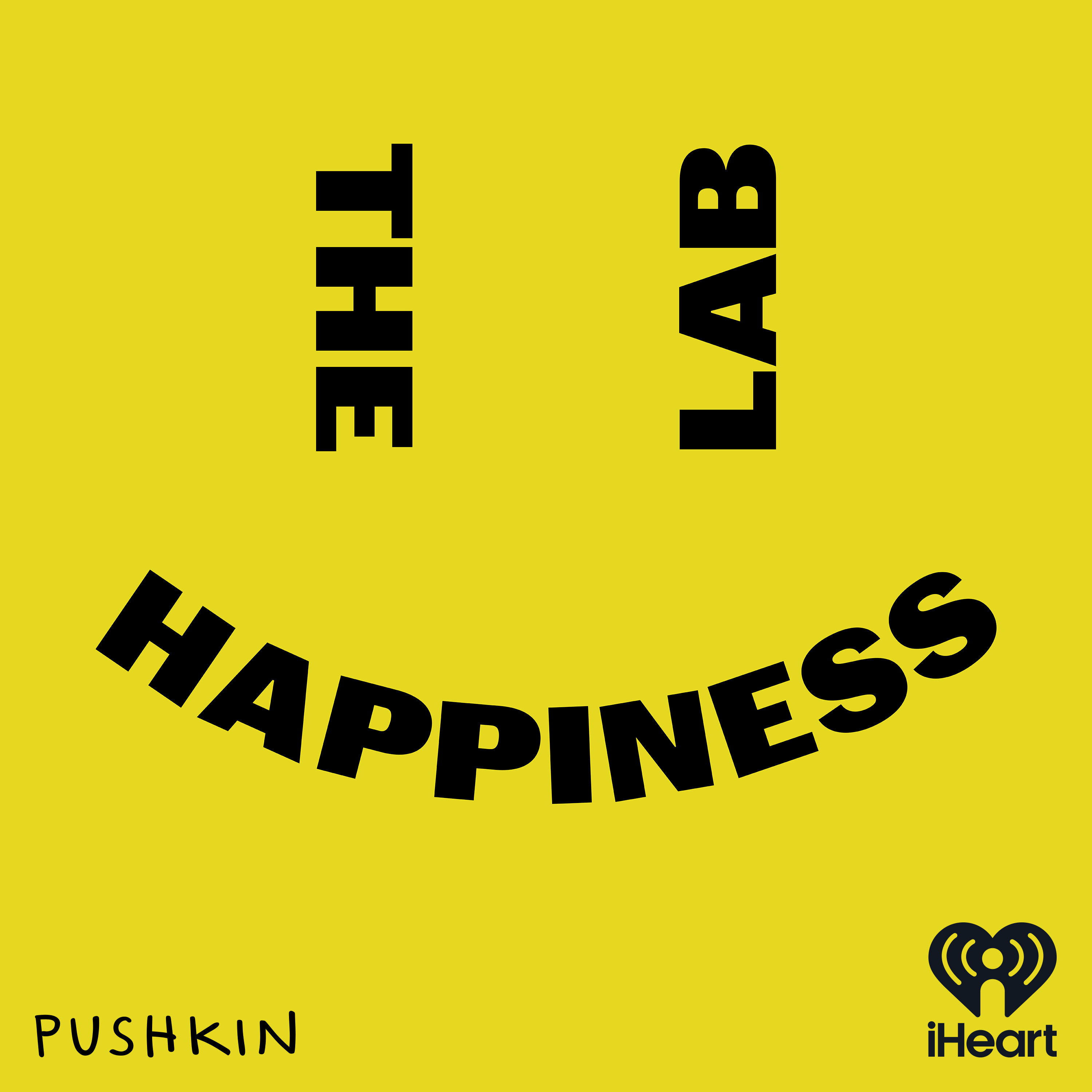
Logistics at a Crossroads
Where freight meets real life.
Hosted by Gia — logistics veteran, cancer survivor, and truth-teller — “Logistics at a Crossroads” explores the industry, identity, and the grit it takes to keep showing up. Freight. Feelings. No filter.
Logistics at a Crossroads
Episode 31: Navigating the Jargon: Understanding Shipping & Logistics Terms
In this episode of Holding the Line: A Logistics at a Crossroads Podcast, Gia breaks down essential terms in the shipping and logistics industry that often get overlooked. From ETA vs ETD and LCL vs FCL to MAWB vs HAWB, Gia explains the jargon that drives global trade and logistics operations. Whether you're in the industry or just curious about how goods get from point A to point B, this episode will give you the knowledge you need to better understand the logistics world.
Key Takeaways:
- The difference between ETA and ETD and why it matters
- LCL vs FCL and choosing the right container load
- Understanding MAWB and HAWB in airfreight
- How these terms impact the efficiency of global trade and logistics
🎧 New episodes every week.
Follow Logistics at a Crossroads on your favorite podcast platform.
📬 Want to connect?
Find me on LinkedIn: linkedin.com/in/reginahunter
Visit the blog: giakat.blogspot.com
When we think about shipping, we often imagine the packages that arrive at our doorstep, but there’s a lot more happening behind the scenes. I never really thought about our lingo, at least not until dinner with friends. Jen looked at me like I had two heads. You know when you say something and your friend's glitch- trying to understand. I was like what is wrong with yall. I was asked what language are you speaking; I started to laugh. My bad I am so used to it... So here we go. To kick things off, let's break down some of the basic terms that you might not always hear about but are fundamental to logistics operations."
Terms to Introduce in This Segment:
- Bill of Lading (BOL):
Think of this as a contract between the shipper and the carrier. It serves as proof that the goods have been received and are ready for transport. It's also used as a receipt of the cargo. - Containerization:
This is the use of large containers to transport goods—think of it as the backbone of modern shipping. It revolutionized how goods are moved globally, making it more efficient and cost-effective. - Drayage:
This refers to the short-distance transportation of goods, usually between a port and a warehouse. While not as glamorous as long-haul trucking, drayage is critical for the movement of goods in the early stages of the supply chain.
Gia (reflective):
"Before diving deep into logistics, I never fully appreciated how critical containers and bills of lading are to the process. Without them, goods wouldn’t be able to move efficiently across borders or from point A to point B."
Gia (clarifying tone):
"but even before we get into the A to B, there are things that begins on both sides of the globe when we order from abroad: customs. Every time a product crosses a border, it’s subjected to certain checks. This is where the terms Customs Broker and HTS Code come in."
Terms to Introduce in This Segment:
- Customs Broker: These professionals handle the paperwork and ensure that goods comply with local laws before entering or leaving the country. They’re the unsung heroes of global trade.
- HTS Code (Harmonized Tariff Schedule): This is a classification system used by governments to determine tariffs on imported goods. Every product gets a unique code based on its material and purpose.
- Import/Export Declaration: A legal document declaring what’s in the shipment and confirming it complies with import/export regulations.
Gia (explaining further):
"Customs can be a bit intimidating, but without it, you wouldn’t have the streamlined import/export processes that make shipping faster and more secure. So, next time you buy something online from another country, just know that there’s a whole system of checks and balances to make sure it gets to you safely and legally."
Gia (engaging tone):
"Now let’s talk about time management in logistics, particularly two key terms: ETA (Estimated Time of Arrival) and ETD (Estimated Time of Departure). These terms help manage expectations for everything from ports to warehouses."
Terms to Introduce:
- ETA (Estimated Time of Arrival):
The ETA is the expected time when goods will arrive at their destination, whether it’s a port or final delivery point. This is critical for inventory planning and scheduling. - ETD (Estimated Time of Departure):
On the flip side, ETD tells us when the goods are expected to leave their point of origin. This is important for coordinating shipments and managing the flow of goods.
Gia (thoughtful):
"Knowing both ETA and ETD is vital for anyone managing the shipping process. These estimates set the tone for coordination, whether you're waiting for a container at a port or prepping for last-mile delivery."
Gia (clarifying):
"Next up, let’s move to airfreight, which comes with its own set of terms, particularly the MAWB and HAWB. These are important documents used to track and manage air shipments."
Terms to Introduce:
- MAWB (Master Air Waybill):
The MAWB is the main document issued by the airline or freight forwarder for a shipment. It’s used for the entire consignment, detailing everything from the flight numbers to the destination and the cargo’s contents. - HAWB (House Air Waybill):
In contrast, the HAWB is issued by a freight forwarder for a specific shipment within a consolidated load. If you're shipping multiple small shipments together, each will have its own HAWB, but the MAWB covers the whole shipment.
Gia (explaining further):
"Think of the MAWB as the master contract between the shipper and the airline, while the HAWB represents individual shipments within that larger consignment. Both are essential for managing and tracking airfreight globally."
Segment 5: LCL (LTL) vs FCL (FTL) - Understanding Container Loads
Gia (explaining):
"Now let’s dive into container loads, which are a big part of global shipping. When you ship goods internationally, you can either go with LCL (Less than Container Load/Less than Truck load) or FCL (Full Container Load)/Full truck load). But what do these terms really mean?"
Terms to Introduce:
- LCL/LTL (Less than Container Load):
This is when a shipment doesn’t fill a full container. It gets combined with other shipments heading to the same destination. LCL is great for small businesses or companies that don’t have enough freight to fill an entire container. - FCL/FTL (Full Container Load):
On the other hand, FCL means the goods occupy an entire container. It’s often a more cost-effective option for larger shipments, as it cuts down on handling costs and minimizes the risk of damage during transit.
Gia (reflective):
"Whether you choose LCL or FCL depends on the size of your shipment. While LCL might be a good option for smaller quantities, FCL is typically better for larger, bulk shipments—because you're not sharing the container space with others, it’s a more direct and efficient method of shipping."
Gia (reflective tone):
"Now, let’s talk about the part of the logistics process that most people never see: warehousing and distribution. The goods don’t just sit in a warehouse—they get sorted, packed, and moved around through cross-docking and fulfillment centers."
Terms to Introduce:
- Cross-Docking:
This is when goods are unloaded from one vehicle and directly loaded onto another, without being stored. It’s one of the ways we speed up distribution. - Fulfillment Center:
This term refers to a specialized warehouse designed for e-commerce fulfillment—where products are stored, picked, packed, and shipped to customers.
Gia (reflective):
"Behind every product you purchase online, there’s a complex system of fulfillment centers, warehouses, and cross-docking that helps get it into your hands as quickly as possible. While the warehouse is where goods are stored, the fulfillment center is where they’re packed and shipped out to the customer."
Gia (calm, reflective):
"Today, we’ve broken down some of the most important terms in logistics: ETA, ETD, LCL, FCL, MAWB, HAWB, and more. Understanding these terms gives you a deeper appreciation for the logistics process and the people who make it all happen behind the scenes.
Logistics is a complex web of moving parts, and understanding these key terms helps you manage, track, and move goods more efficiently—whether you’re in the industry or just trying to understand how it works."
Gia:
"Thank you for tuning in to Holding the Line: A Logistics at a Crossroads Podcast. Until next time, just keep steady moving forward—and remember, I’ll be navigating the crossroads right along with you.










